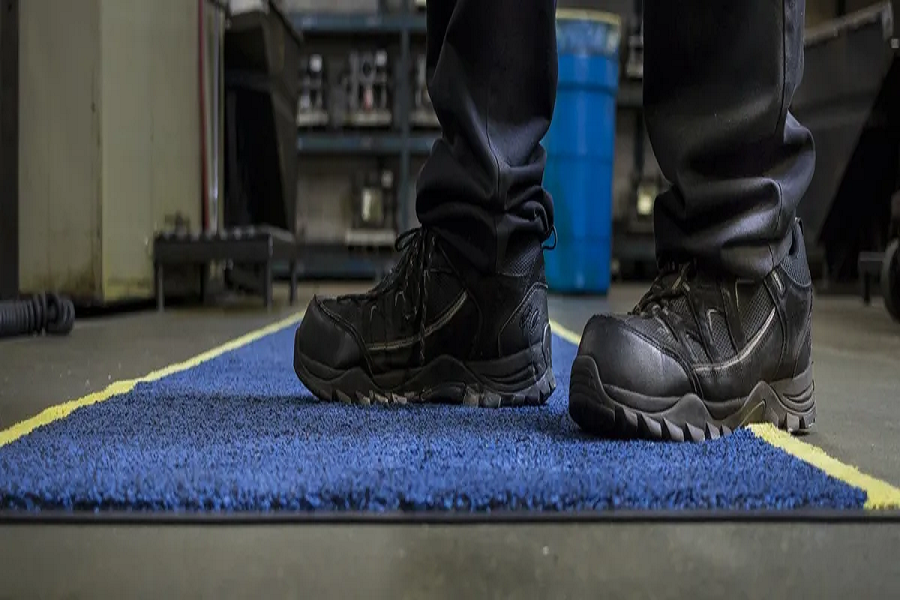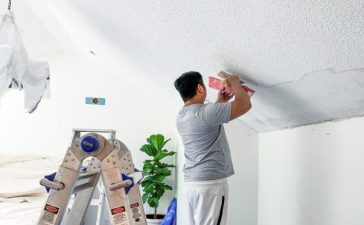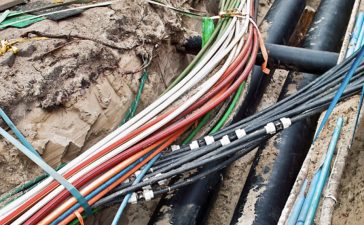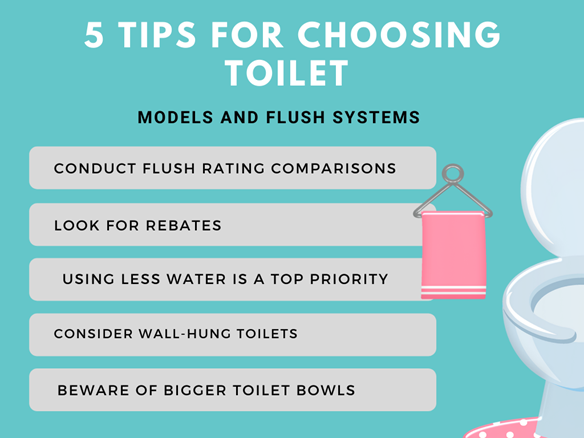How do facilities managers safeguard floors, one of a company’s most valuable assets? By strategically distributing floor mats across a structure. Mats also assist in maintaining a clean environment, giving comfort and support, and establishing a positive company image. Not all facility mats, however, are created equal.
When selecting a mat, consider its use and size, as the mat’s purpose and placement will differ based on the facility. It’s also crucial to think about your facility’s requirements. Based on considerations such as foot traffic and soil types brought in on shoes, a restaurant or manufacturing site will have different needs than a school. For facility floor maintenance, selecting the correct mat, as well as having a thorough maintenance schedule, is critical.
Floor mats
Mats made of robust materials will survive foot traffic and provide several advantages. Depending on the needs of the facility, businesses should examine the composition of a mat. A normal carpet mat, for example, captures moisture, dirt, and debris using nylon or polyester strands. High-performance mats are made from higher-quality fibers that are either stain-resistant or absorbent. Similarly, some of the best-performing mats use a combination of fibers, such as microfiber, to provide stain resistance and absorbency. Moisture evaporates more quickly using fast-drying, multi-sized fibers that work together to reject tiny particles. Anti-fatigue mats, which are often composed of rubber, foam, or vinyl, give relief to the feet, legs, and backs. Scraper mats keep dirt and debris from the outside from entering the building.
Another important consideration is mat size. Small mats may not provide adequate coverage or be able to withstand high foot traffic. Larger mats are more difficult to roll, lift, or move, making them more difficult to maintain. Businesses can discover the best-fitting mat for their location by discussing possibilities with matting vendors or rental providers.
It’s all about the setting.
Keeping your facility clean and well-maintained requires knowing where to placemats. According to ISSA, properly placed and maintained mats will keep 85 percent less dirt out of a facility while also preserving the finish of the floor. After only 1,500 people have gone in, 42 percent of a floor’s finish can be lost without enough matting inside the first six feet of an entrance.
The following are some of the best places to put a mat:
Outside entryways:
Shoes can disseminate material throughout facilities, ranging from snow and salt to mud, gravel, and sand. Rubber scraper mats placed in front of entryways allow visitors to scrape their shoes before entering. It can help protect valuable flooring assets by reducing the risk of contaminants being tracked inside the facility.
Entrances/lobbies:
Using a mat in the entrances and lobbies adds a layer of protection against dirt and debris entering the facility. It’s critical to have a positive brand image that people notice as soon as they enter your institution because first impressions begin at the front door.
High-traffic walkways:
Areas with a lot of foot traffic, rolling wheels, and heavy loads include school hallways, airline terminals, and elevator banks. In certain places, high-traffic mats, which are normally built with a thicker rubber backing, are widely employed. The thicker rubber backing helps to prevent movement caused by wheelchairs, carts, or increased foot traffic.
Custom rugs with logos can help businesses boost their image while also improving the restroom experience. Mats help to prevent puddles near urinals and sinks, protect flooring from spills, and reduce odors.
Service counters, hostess stations, and industrial workspaces: Standing for long periods can cause aching feet, legs, knees, and hips. The yearly cost of fatigue and health-related productivity loss is estimated to be $136.4 billion in the United States, according to the Occupational Health and Safety Administration (OHSA). Anti-fatigue mats can be found in hostess stations, greeting and registration sections, as well as checkout and customer service counters in banks, amusement parks, and movie theatres. They’re also beneficial in manufacturing and industrial areas surrounding workstations. However, pay particular attention to where anti-fatigue mats are placed in a manufacturing or industrial environment. While the polyurethane coating makes the surface stain-resistant and easy to clean, it cannot tolerate high heat in areas where welding is done.













